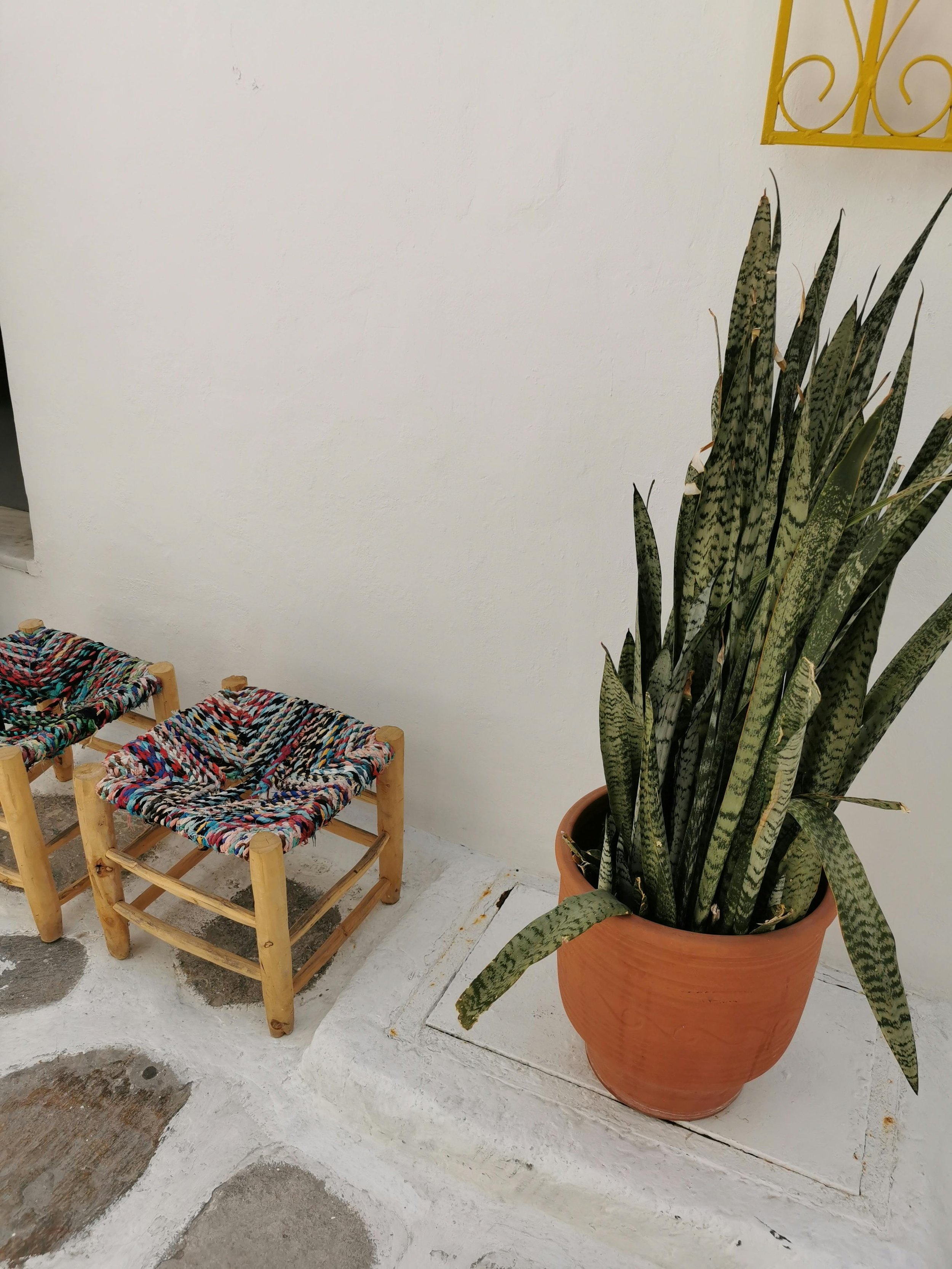A Guide to Caring for Your Snake Plant (Dracaena trifasciata)
A Guide to Caring for Your Snake Plant (Dracaena trifasciata)
Snake plants, often called "mother-in-law's tongue," are popular for their ease of care and striking appearance. These resilient plants, formerly classified under Sansevieria, have been reclassified as Dracaena trifasciata. With the remarkable ability to thrive in various conditions, they're an excellent choice for beginner and experienced plant enthusiasts. This guide explores the critical aspects of caring for Dracaena trifasciata, including lighting, watering, fertilization, repotting, and special needs.
Botanical Background
Snake plants, now identified as Dracaena trifasciata, originate from West Africa and belong to the Asparagaceae family. The plant is best known for its tall, upright leaves, which vary in color from deep green to variegated with yellow edges. While Dracaena trifasciata is the most common species, there are many cultivars, such as Dracaena laurentii, known for its yellow leaf margins, and Dracaena cylindrical, recognized for its tubular, spear-like leaves. This plant's resilience and distinctive architectural form make it a popular indoor plant around the world.
Lighting Requirements
Like many species in the Dracaena genus, Dracaena trifasciata is adaptable to a wide range of light conditions. However, optimal growth occurs under specific lighting:
Bright, Indirect Light: For the best growth, place your Dracaena trifasciata in a spot where it can receive bright, indirect sunlight. This exposure encourages vibrant leaf colors and healthy growth.
Low Light Tolerance: One of the critical features of Dracaena trifasciata is its ability to tolerate low-light conditions. It can survive in dimmer areas, although growth may slow, and colors may not be as vibrant.
Avoid Direct Sunlight: Direct sunlight can cause leaf scorch in Dracaena trifasciata, particularly during the hottest parts of the day. A lightly shaded spot works best.
Watering Needs
As a succulent plant, Dracaena trifasciata stores water in its thick, fleshy leaves, requiring less frequent watering than many other houseplants. Here's how to water your snake plant properly:
Water Sparingly: Allow the soil to dry out completely between waterings. In most cases, watering every 2-4 weeks is sufficient. During the winter months, you may only need to water once a month.
Ensure Good Drainage: Overwatering is the most common cause of problems with Dracaena trifasciata. Use a pot with drainage holes to avoid water sitting at the bottom, which can lead to root rot.
Signs of Overwatering: If the leaves of your Dracaena trifasciata turn yellow, mushy, or droop, it's likely a sign of overwatering. Reduce watering and ensure the plant is in a well-draining pot.
Fertilization
Occasional fertilization can help promote healthy growth during the active growing season. Here's what you need to know:
Light Application: Use a balanced, water-soluble houseplant fertilizer at half-strength. Fertilize your Dracaena trifasciata every 4-6 weeks during spring and summer when the plant is actively growing.
Skip Winter Fertilization: Dracaena trifasciata enters a resting phase in fall and winter. Fertilizing during this time can lead to nutrient buildup and may harm the plant.
Potting and Repotting
Snake plants, including Dracaena trifasciata, are slow growers but will eventually outgrow their pots. Repotting is necessary when the plant becomes root-bound.
Use a Well-Draining Pot: It's essential to use a pot with drainage holes to prevent water from accumulating, which can cause root rot in Dracaena trifasciata.
When to Repot: Typically, you must repot Dracaena trifasciata every 2-3 years. If you notice the roots growing out of the bottom of the pot or the plant becoming top-heavy, it's time to repot.
Soil Mix: Use a succulent or cactus soil mix that drains well. Alternatively, you can create your mix by combining regular potting soil with sand or perlite to enhance drainage.
Common Pests and Problems
While Dracaena trifasciata is relatively resistant to pests, there are a few issues that may arise:
Pests: Mealybugs and spider mites can sometimes affect Dracaena trifasciata. Treat the plant with insecticidal soap or neem oil if you notice small, cotton-like clusters or webbing on the leaves.
Root Rot: Overwatering is the primary issue faced by Dracaena trifasciata. To prevent root rot, ensure that the soil dries out between waterings and that the plant is in a pot with proper drainage.
Leaf Yellowing: If the leaves of your Dracaena trifasciata turn yellow, it's usually a sign of overwatering or poor light conditions. Adjust the watering schedule and ensure the plant gets adequate light.
Conclusion
Dracaena trifasciata is an exceptional plant for any indoor space due to its low maintenance needs and striking appearance. By providing it with the proper lighting, being mindful of its watering needs, and repotting as necessary, you'll enjoy a thriving plant for years to come. This plant's ability to purify air and its reputation for resilience make it an excellent choice for homes and offices.
If you're looking for a low-maintenance yet stylish addition to your plant collection, Dracaena trifasciata is perfect.



